Hello everyone! This is Kumakichi!
Today, I took a trip from Kamakura Station on the JP Yokosuka Line to Gokurakuji Station, the fourth stop on the Enoshima Electric Railway. I visited Gokurakuji Temple, but my stroll didn’t end there; I started from Hase Station and toured Hase-dera Temple, Kōsoku-ji Temple, Shūgen-ji Temple, Jōju-in Temple, and finally Gokurakuji Temple. All these temples are beautifully adorned with hydrangeas, so I recommend visiting between mid-June and early July.
Now, as I passed by Jōju-in Temple, Gokurakuji Temple came into view! Doesn’t the entrance look wonderful? The roof design gives a distinct “Wa” (Japanese) feel, which is truly captivating.
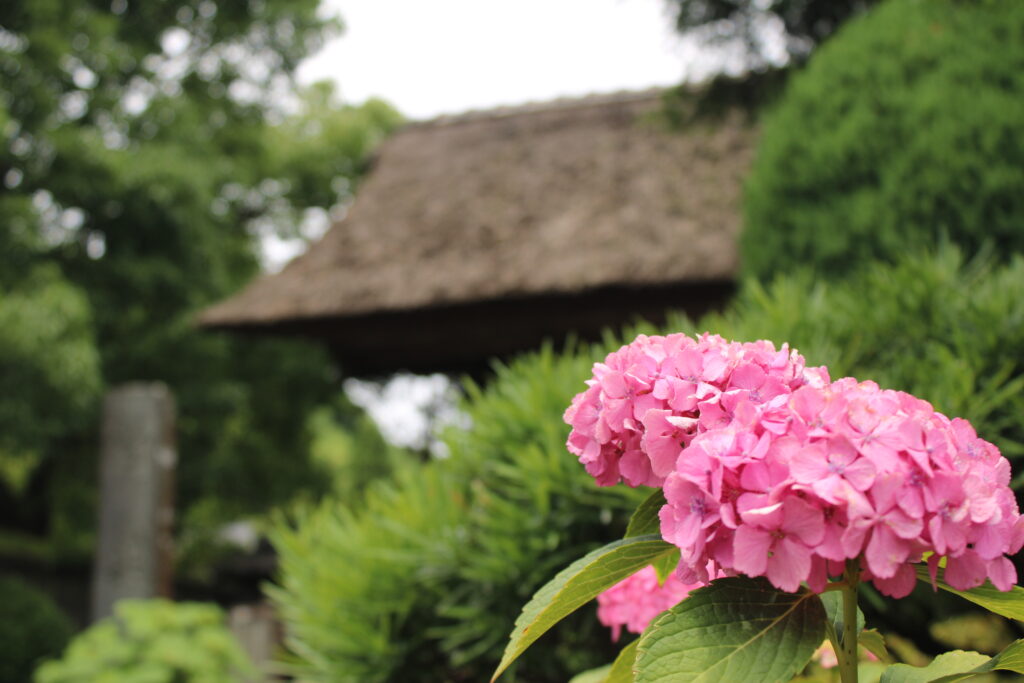
About Gokuraku-ji Temple
Gokuraku-ji Temple was founded by Ryōkanbō Ninshō, who studied precepts under the guidance of Eison at Nara’s Saidai-ji Temple. He was welcomed as the founder of Gokuraku-ji Temple in 1267. Originally established in 1259 in Fukazawa, the temple was relocated to its current location by Hōjō Shigetoki, the temple’s founder. During the Mongol invasions, the temple conducted prayers for the surrender of foreign invaders and maintained its status as a place of national prayers even after the fall of the Kamakura shogunate.
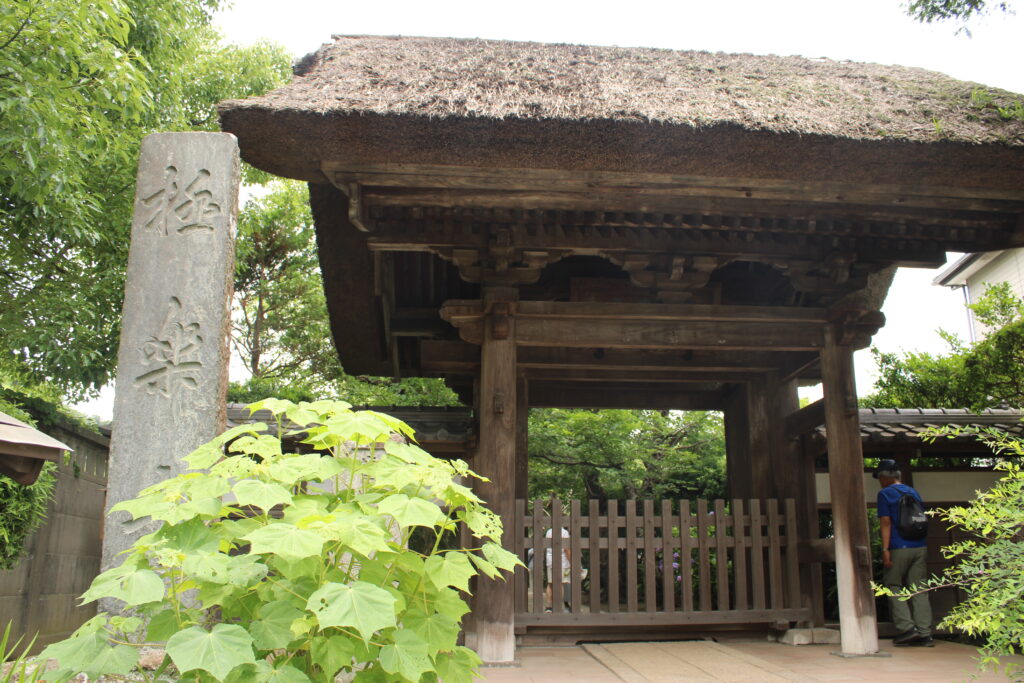
Now, here’s a question: Do you know what kind of person Ninshō was? Most foreigners are probably unfamiliar with him, and even many Japanese might not know without a good grasp of history.
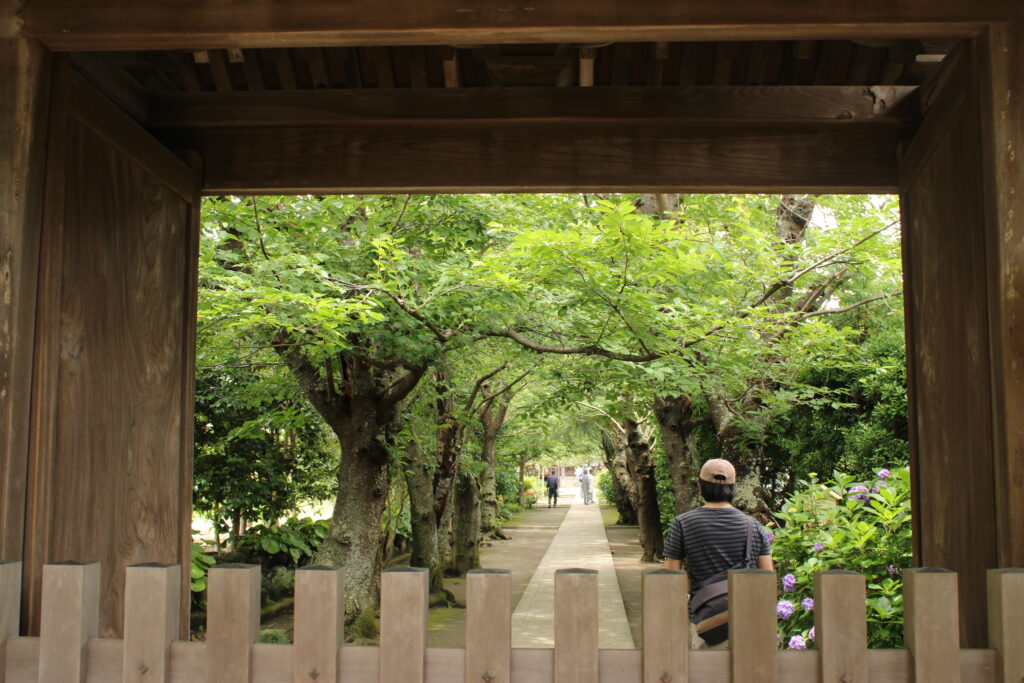
He dedicated his life to helping socially disadvantaged, including the poor and leprosy patients, who faced severe discrimination at the time. Ninshō’s compassionate leadership provides a valuable example, especially in a world where many pursue wealth and status.
Hydrangeas
The hydrangeas at Gokurakuji Temple aren’t in large numbers, but they bloom beautifully! They complement the overall atmosphere of the temple, creating a soothing experience.
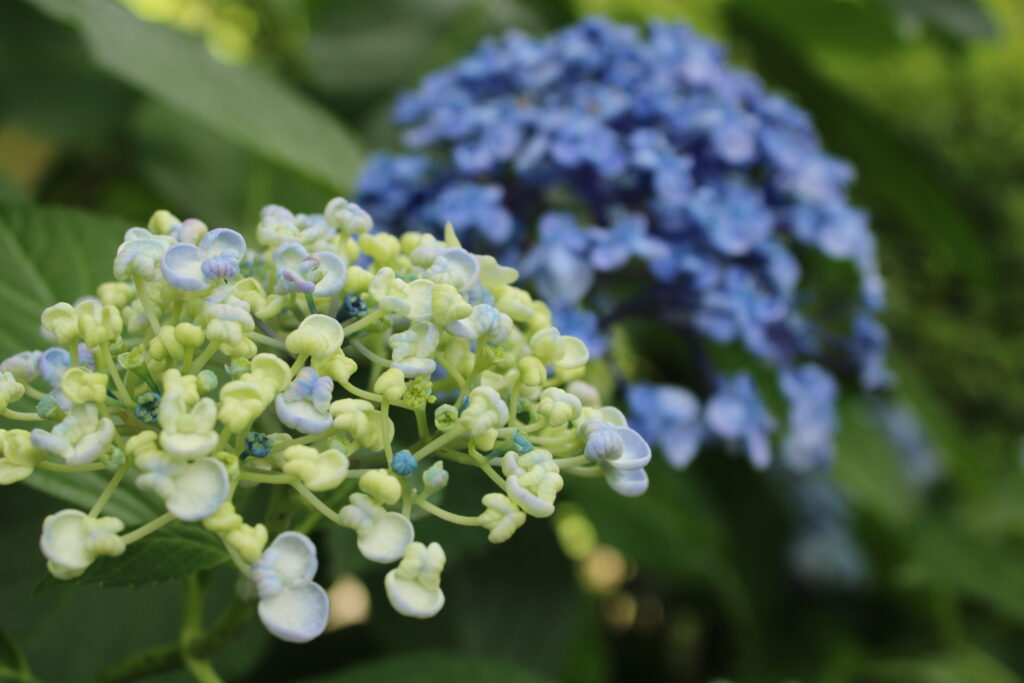
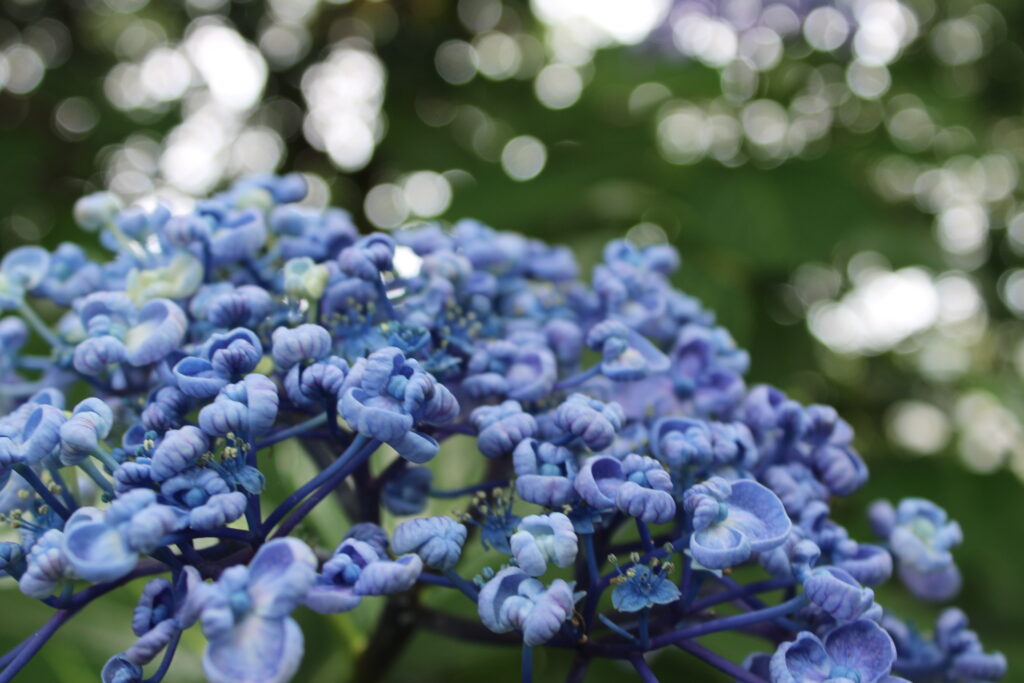


Conclusion
With a peaceful ambiance and not too many visitors, Gokurakuji Temple is a lovely spot. I even overheard some ladies in their 50s, who were also exploring the grounds, say, “Gokurakuji is beautiful and wonderful!”
Additionally, I forgot to mention earlier that there’s a medicine pot said to have been used by Ninshō, as shown in the photo below. It’s moving to think he might have used it to create medicines and help many people.
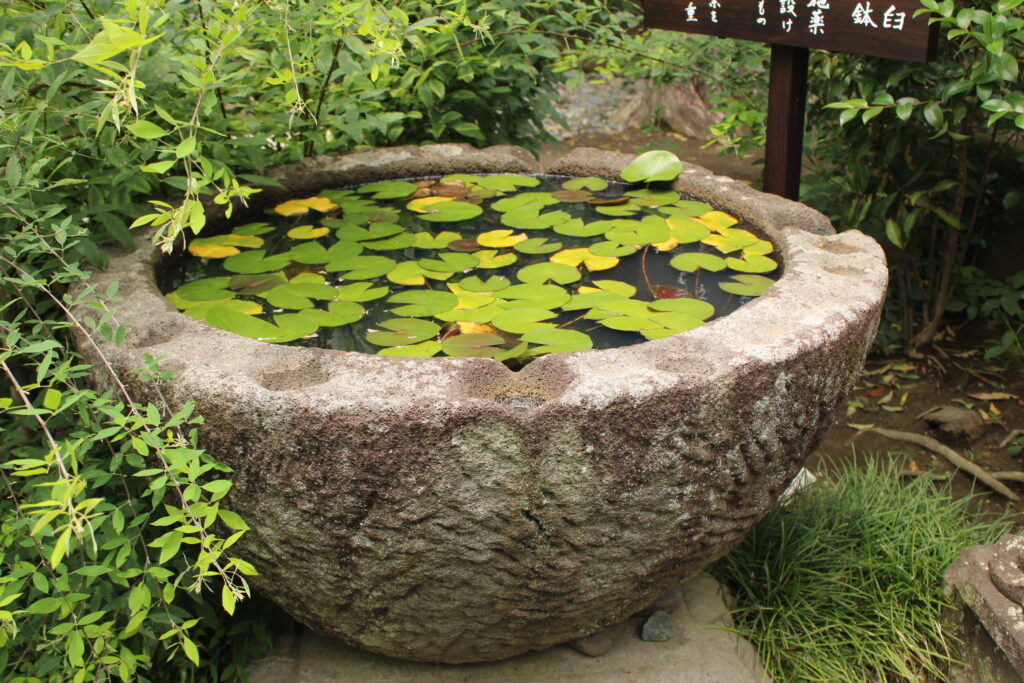
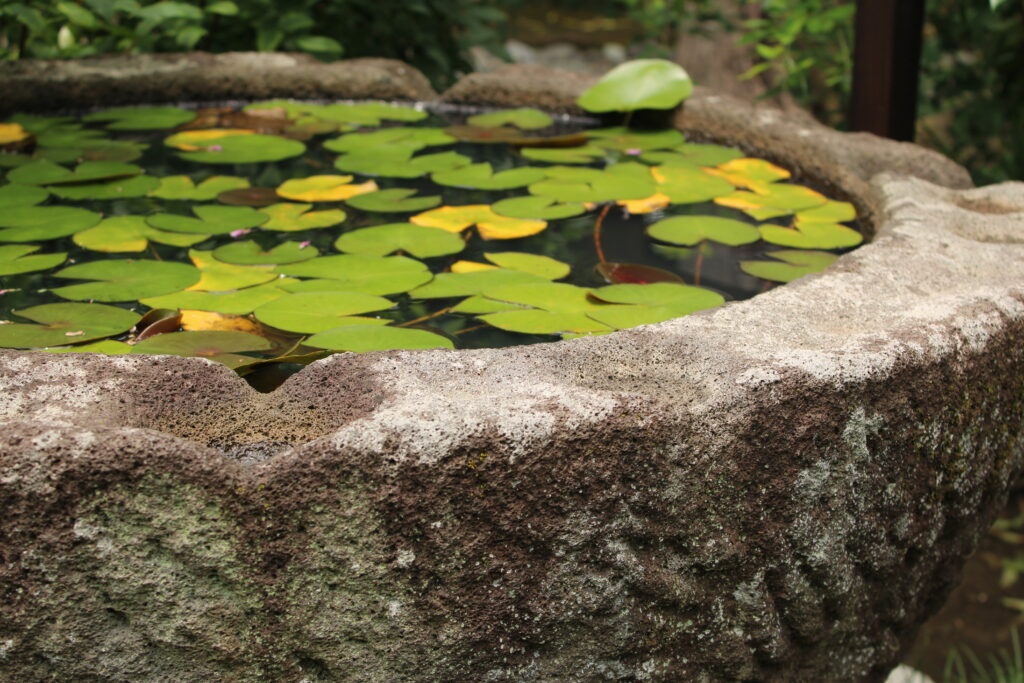
I’d love to visit in different seasons and learn more about Ninshō before coming back.
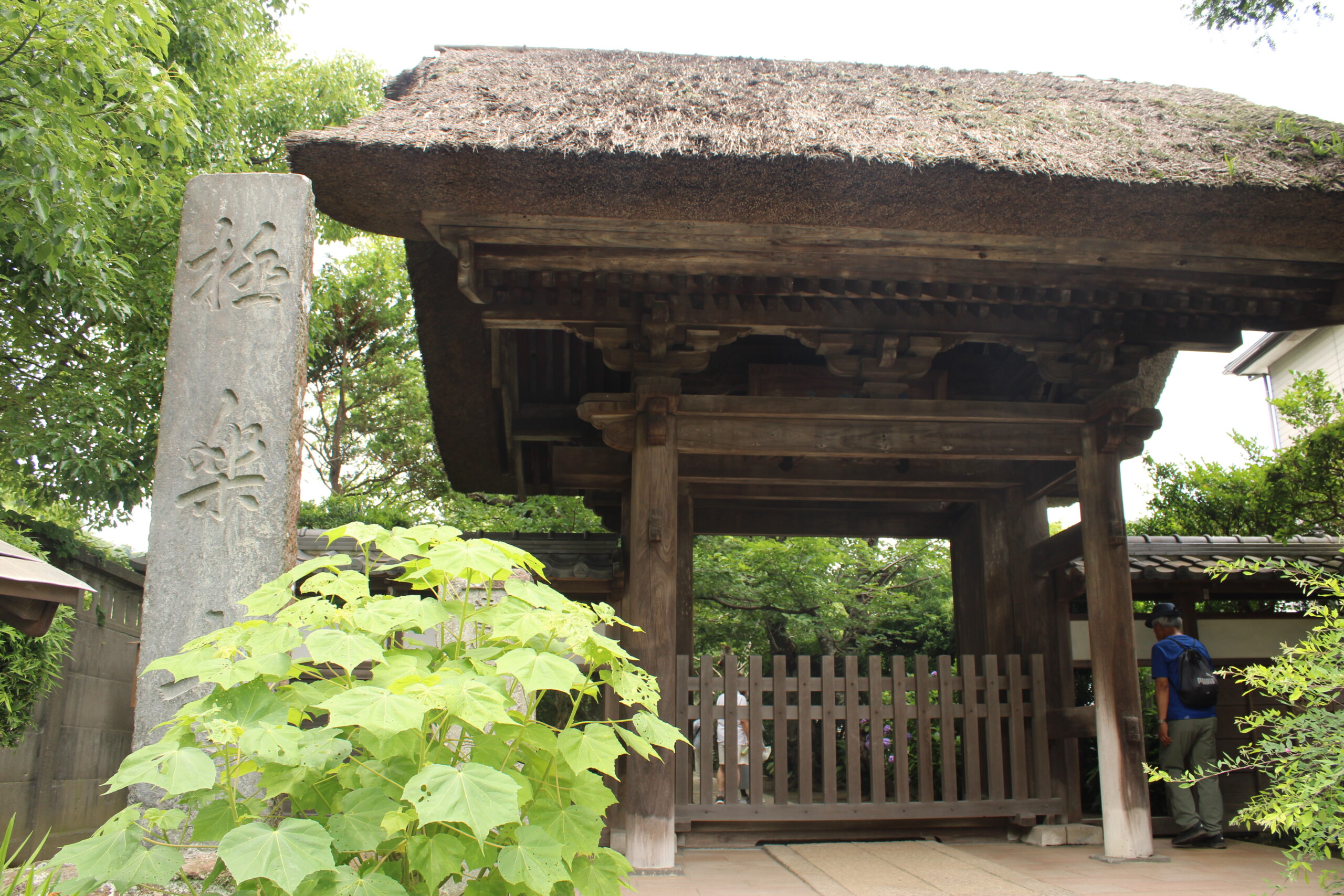


コメント